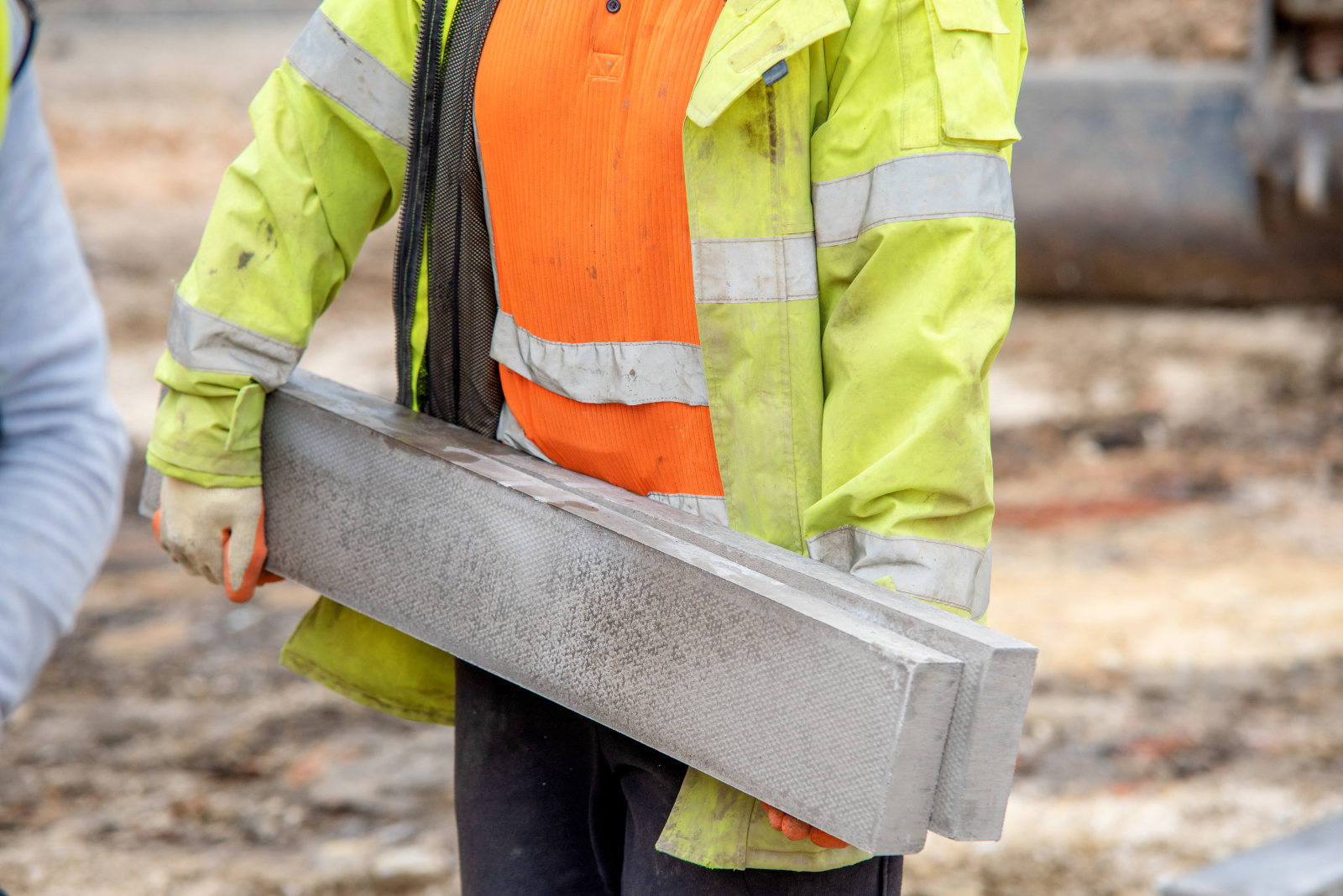
Lifting and moving heavy objects are part of normal working life on construction sites but, when managed badly, these everyday tasks can lead to damaging musculoskeletal disorders that leave workers struggling to stand, walk or sit down. For some, the injuries result in them having no option but to stop working in the industry altogether.
Because the health of workers can be affected to such a serious degree, inspectors from the Health and Safety Executive will be carrying out 1000 site inspections in October and November, particularly checking how workers are moving heavy or bulky materials. Read on for more details.
Moving and handling matters
Recent figures show that around 40,000 people in the construction industry suffer injuries to
muscles, bones, joints and nerves (known as musculoskeletal disorders) each year and, for some of those workers, this will lead to years of agonising aches and pains.
This is despite the fact that the law requires employers to prevent the ill health/ injury of their workers and that, if managed correctly, moving and lifting objects should be safe procedures that do not cause the kind of aches, pains and strains that would seriously impact workers’ lives.
Moving and handling risks should be considered and prevented wherever possible at the design stage. Once on site and before work starts, employers should talk to workers about controlling existing risks to make sure that the right training is offered and that suitable aids and equipment are available to prevent injuries. Intermittent Toolbox Talks are also a good way to supplement initial mandatory training (acting as reminders on the correct procedures as the work progresses).
Measures “must address the causes”
Matt Birtles, Principal Ergonomist at the HSE, said:
“Serious aches, pains and strains can affect every part of someone’s life. They can struggle to get themselves dressed and undressed, they can be unable to pick up their children or grandchildren.
“They can struggle to sit down and stand up, they can struggle to keep still and move around. The most intimate parts of their lives can be severely affected – they might be desperate to go the toilet but find themselves unable.
“It’s not something that many people feel comfortable talking about, perhaps particularly on a building site, but if your back has gone or if you’re in agony whenever you move your arms, measures need to be put in place to address the causes.”
“Good for workers.. good for the construction industry… good for business.”
The HSE’s Head of Construction, Sarah Jardine said:
“Inspectors are visiting a range of construction sites to check the action businesses are taking to ensure their workers are being protected.
“Everyone involved in construction has a role to play in keeping people safe. Risks must be managed where they can’t be prevented, and risk management arrangements must be reviewed frequently to ensure they are effective.
“We want everyone in the industry, from designers to contractors and their workers, to be aware of the risks associated with any moving or lifting task and put appropriate measures in place.
“This is a significant health issue for tens of thousands of construction workers and can lead to a lifetime of terrible aches and pains. The health of workers must be considered when planning construction work so that they can carry out their jobs without fear of injuring themselves, including being provided with the correct equipment to lift safely.
“Thankfully there are measures that can be taken to prevent injuries to muscles, bones, joints and nerves. Doing so is good for workers and good for the construction industry. It’s good for business.”
Find out more
The HSE has developed a tool which employers can use to assess the risk of ill health caused by manual handling among their workers. Go to: Manual handling assessment charts (the MAC tool).
If you’re working in construction and would like to see more information about why moving and handling really matters, including some handy guides on how to stay safe from the risks, take a look at the HSE campaign, Work Right: Your Health Your Future.
04.10.2022
Feature image: Freepik








